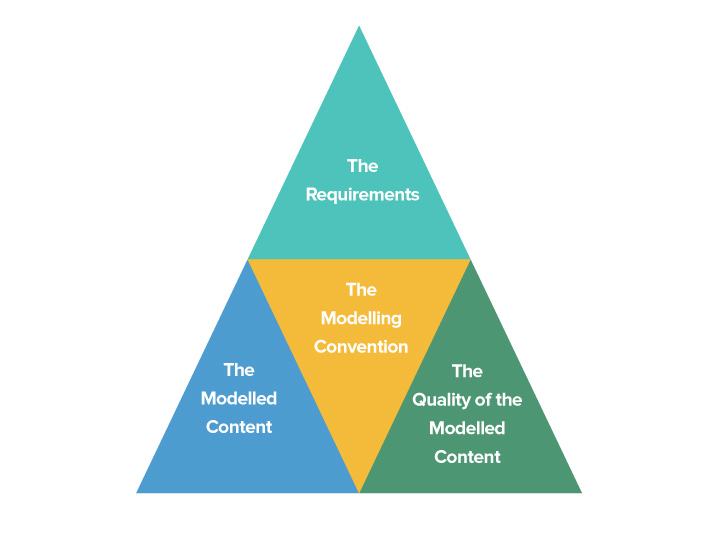
We model to discover the secrets of the complex organisations in which we operate. The repository based modelling tools like ARIS provide various notations that can be mixed and matched to corner and tame that complexity.
Our modelling tools contain reporting functionality that is often underutilised, misunderstood and in some cases even feared. However with some time and effort this functionality can unlock those hidden gems of information we promise ourselves, our colleagues and our customers.
Our models capture the information we need, to analyse and understand our businesses, and this information can be found in the following places:
- The visual image of the models
- The descriptive attributes of the models, objects and relationships
- The relationships between the objects
The information can be extracted to share with your colleagues and customers using the powerful reporting functionality. Compelling reports can be created using the WYSIWYG wizard or the Java based scripting API. Creating rich reports will require some effort; however the benefit of providing the right information in a striking format will far outweigh the time and monetary costs.
There are a number of factors that will contribute to the quality and usefulness of the information you present in your reports and these include:

The Requirement
- What is the question that you are trying to answer?
- What is the best way to provide the answer?
- What format should the answer be in?
The Modelling Convention
- Do you have the right mix of model, object, symbol and relationship types to capture the information accurately?
The Modelled Content
- Has the modelling been done?
The Quality of the Modelled Content
- Is the modelling complete?
- Is the modelling aligned with the convention?
Considering the dedication we apply to our modelling efforts, it is very important that we are able to realise the value of these efforts. Value-adding information could be extracted and shared using the superb reporting functionality available in the ARIS tool.
Investing a little time and effort to understand and utilise the first-rate reporting functionality of ARIS, will enable you to anticipate the information requirements of your stakeholders and customers, and delight them with your impressive reporting.



